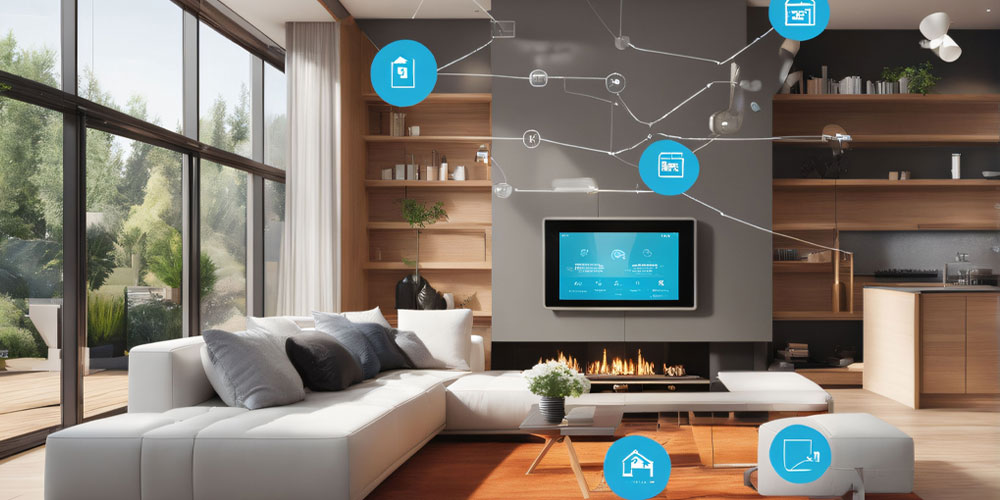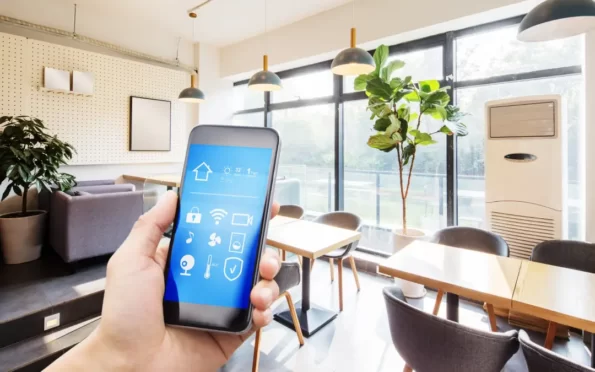In a world where technology is seamlessly blending with our everyday lives, connected gardening devices explained have become a game changer for both homeowners and businesses. As more people seek to cultivate gardens efficiently, understanding how these smart devices work and how they can be integrated into your gardening routine is crucial. Whether you're looking to enhance your home's garden or optimize a business's landscape operations, smart gardening technology offers innovative solutions.

Understanding Connected Gardening Devices
The term connected gardening devices refers to a range of tech tools designed to automate and optimize various gardening tasks. These devices are typically interconnected through the Internet of Things (IoT), allowing users to remotely monitor and control garden environments via smartphones or computers. With real-time data and automation capabilities, these tools can significantly enhance how gardens are maintained. For more insights on how IoT is transforming homes, check out this article on smart homes and renewable energy.
The Benefits of Smart Gardening Technology
Embracing smart gardening technology offers a plethora of benefits, particularly for those with busy lifestyles. From efficient water usage to optimized plant care, these devices help reduce resource wastage and increase productivity. For businesses, integrating these technologies can lead to substantial cost savings and improved landscape aesthetics, which are crucial for client impressions and environmental sustainability. Discover more about sustainable practices in this sustainable smart homes article.
Key Devices in Smart Gardening
Several key devices play pivotal roles in smart gardening:
- Smart Irrigation Systems: These systems use weather data and soil moisture sensors to water plants precisely when needed, conserving water and ensuring optimal plant health.
- Automated Lawn Mowers: Robotic mowers maintain lawns with minimal human intervention, allowing for consistent lawn care.
- Plant Sensors: These sensors provide insights into soil pH, moisture levels, and sunlight exposure, helping gardeners make informed decisions about plant care.
For a deeper understanding of eco-friendly gardening practices, read this article on eco-friendly smart gardening tips.
Implementing Smart Gardening Solutions
Implementing smart gardening solutions requires understanding the specific needs of your garden and selecting devices that align with those needs. For homeowners, this might mean starting with a simple smart irrigation system, while businesses might opt for a comprehensive setup involving multiple devices. The key is to start small, learn the technology, and gradually expand your setup. Read about how to start with smart systems in the hydroponics and smart systems article.
Challenges and Considerations
While the advantages are clear, adopting smart gardening devices comes with its own set of challenges. Initial costs can be high, and there might be a learning curve associated with the technology. Additionally, ensuring compatibility between different devices can be tricky. However, with the right approach and resources, these challenges can be overcome.
The Future of Gardening with IoT
The future of gardening is undoubtedly intertwined with technology. As IoT continues to evolve, we can expect more innovative devices that cater to specific gardening needs. From advanced sensors to AI-driven garden management systems, the possibilities are endless. To ensure you stay ahead, consider regular updates on smart gardening technologies.
If you're planning to set up your smart home ecosystem, this guide on setting up smart home devices might be helpful.

FAQs
Q1: What are the main benefits of using connected gardening devices?
A1: Connected gardening devices offer numerous benefits, including efficient water usage, reduced manual labor, and real-time data for optimal plant care. They also contribute to resource conservation and enhanced garden aesthetics.
Q2: Are smart gardening devices suitable for all types of gardens?
A2: Yes, smart gardening devices can be adapted to various garden types, from small home gardens to large commercial landscapes. It's essential to select devices that match the specific needs and scale of your garden.
Q3: How do I start implementing smart gardening technology?
A3: Begin by identifying areas of your garden that could benefit from automation, such as irrigation or lawn care. Start with a single device, understand its functionality, and gradually expand your setup as you become more comfortable with the technology.

